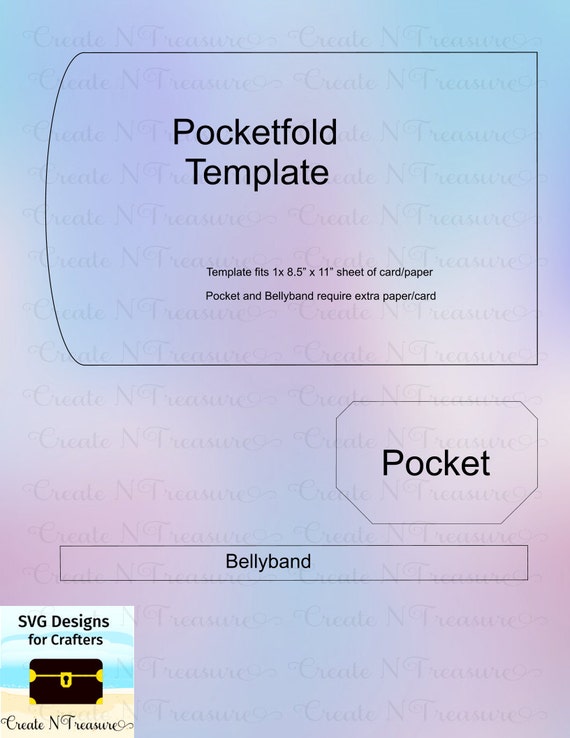

- #5.5 x 8 envelope address template iso#
- #5.5 x 8 envelope address template series#
- #5.5 x 8 envelope address template windows#
Note: Although DL is not part of the ISO C series, it is a very widely used standard size.

NameĪ4 sheet folded in thirds, A5 sheet folded in half lengthwise Very common The sizes are provided in millimeters and in inches (for reference).
#5.5 x 8 envelope address template series#
The B series is an alternative, and is much less common than the C series. For example, a C5 envelope will accommodate an A5 sheet flat or an A4 folded once. The C series was designed to accommodate ISO A paper sizes (see The ISO Paper Size Concept by Markus Kuhn). These envelopes are widely used all over the world. There are no standards for these (at least which we are aware of).
#5.5 x 8 envelope address template windows#
Note: The sizes and positions of windows may vary greatly, and depending on the manufacturer. The three probably most popular envelope sizes with double windows are: Such envelopes are often used for checks and invoices.

The most common (and recommended by USPS) window size is 1 1/8 x 4 1/2, and the position 7/8 in from left and 1/2 (often 5/8) in from bottom, but there are lots of variations. Theoretically, nearly each envelope type and size may have a window, this generally depends on the manufacturer. Open window envelopes are growing in popularity as more environmentally friendly, however, they are less secure. Normally translucent plastic is used as the window material. They are cost-efficient, since the name and address shows through the window, eliminating the need to address the envelope. Window envelopes are most often used for bills, though they're also popular for marketing purposes. There are also Metal Clasp, Coins, and probably other styles, which are not listed here because they are either rare, too small or too large, or not suitable for printing (such as Metal Clasp). This style of envelope is mainly used for catalogs, magazines and reports. These envelopes are mostly used for sending catalogs, folders and the like. These are more formal envelopes, are deeper and typically use a pointed flap. Mostly used for announcements, invitations, cards, small booklets, brochures or promotional pieces. Note: The 7 3/4 envelope with pointed flap is also known as Monarch. They are mostly used for letterheads, invoices, statements, checks, writing stationery and direct marketing mailings. These are the most popular envelopes for business correspondence, that we send and receive every day. The sizes are listed in inches, the shortest dimension first. The US (or Standard) envelopes are divided in several groups by their style and application. Though you'll hardly use more than 4-5 most common sizes in your everyday practice, it's a good to have an understanding of other possible styles and sizes. The envelope sizes may vary from tiny to huge, and there are dozens of them of sizes available. The first is used in the USA (US envelopes are also often known as Standard), the other is the ISO metric system used in Europe and many other parts of the world. There are two main envelope standard systems we're going to review. The main flap shapes are shown in the illustration. The flap is the part of the envelope that is folded to seal the envelope. Such envelopes are ideal for automatic insertion applications. Those with the flap on the short dimension are called Open Side envelopes. The envelopes with the opening and seal flap located on the short dimension are called Open End envelopes.

The variations of these parts create different envelope styles. This picture illustrates various parts of an envelope. Below describes the most important types of envelopes used in the United States. International envelope standards may differ. There are plenty of envelope types and sizes available - they differ by size, flap type, may have windows.


 0 kommentar(er)
0 kommentar(er)
